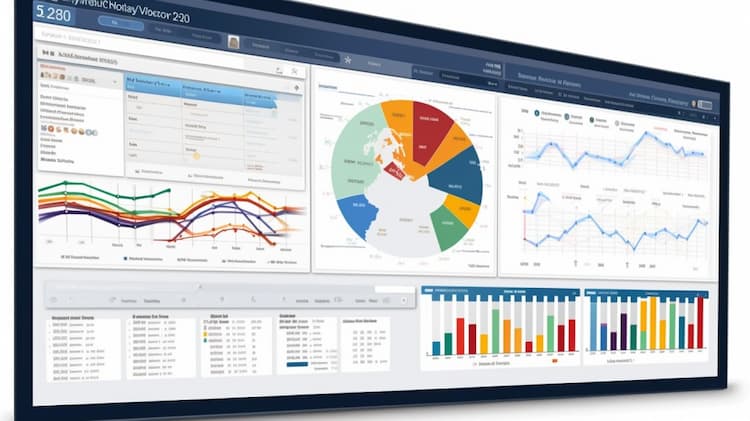
RING VS UGL
Exchange-Traded Funds (ETFs) have transformed the landscape of investing, offering an innovative and diversified approach to gaining exposure across various sectors and asset classes. In this article, we will conduct an in-depth comparison between two prominent ETFs: RING (iShares MSCI Global Gold Miners ETF) and UGL (ProShares Ultra Gold). We'll delve into various facets, including ETF tickers, full names, issuers, sectors, top holdings, capitalization, investment strategies, tracking mechanisms, and exposure.
RING Vs UGL: Overview
RING and UGL are two ETFs that cater to distinct investment strategies within the gold market. While RING focuses on tracking the performance of global gold mining companies, UGL offers leveraged exposure to the price of gold itself. These varying approaches result in contrasting risk profiles and potential returns, which we will scrutinize further in the subsequent sections.
RING Vs UGL: Sectors and Top Holdings
The RING ETF primarily invests in a diverse range of gold mining firms worldwide, such as Newmont Corporation, Barrick Gold, and Agnico Eagle Mines. UGL, on the other hand, seeks to deliver double the daily returns of gold prices. Understanding the sectors and top holdings of these ETFs is crucial for investors to make informed decisions that align with their investment objectives and risk appetite.
 RING overlap RING VS UGL
RING overlap RING VS UGL
RING Vs UGL: Capitalization and Investment Strategy
The RING ETF boasts a substantial Asset Under Management (AUM), indicative of its popularity among investors who want exposure to gold miners' potential growth. On the flip side, UGL's investment strategy is centered around providing twice the daily returns of gold's price movements. These differences in capitalization and strategy underscore the varying levels of potential returns and risk, warranting careful consideration by investors.
RING Vs UGL: Tracking and Exposure
The RING ETF employs a tracking approach that mirrors the performance of an index comprising global gold mining companies. In contrast, UGL's objective is to magnify the daily price movements of gold using leverage. The tracking methodologies diverge; RING follows a basket of gold mining equities, while UGL aims to amplify the returns of gold's price fluctuations. Understanding these tracking and exposure mechanisms is essential for investors aiming to match their investment preferences with the ETF's characteristics.
Conclusion
RING and UGL present unique opportunities for investors seeking exposure to the gold market, albeit with distinct strategies and risks. For those who desire to delve deeper into the intricacies of holdings, correlations, overlaps, and other invaluable insights, ETF Insider serves as the ultimate tool for exploration. Featuring a user-friendly app, ETF Insider furnishes comprehensive details about these ETFs and other financial instruments, aiding investors in making informed decisions aligned with their financial goals.
Disclaimer: This article is intended solely for informational purposes and does not offer investment advisory services.
Sources:
iShares by BlackRock (https://www.ishares.com)
ProShares (https://www.proshares.com)
UGL quote and analysis
Discover the top holdings, correlations, and overlaps of ETFs using our visualization tool.
Our app allows you to build and track your portfolio.
To learn more about the UGL ProShares Ultra Gold, access our dedicated page now.
FAQ
Why is RING better than UGL?
RING may be considered better than UGL for some investors due to its specific focus, offering diversification.
Does UGL beat RING?
UGL's performance relative to RING will vary over time, depending on market conditions.
Should I invest in RING or UGL?
The choice between RING and UGL should align with your investment goals, risk tolerance, and desired exposure.
Are RING and UGL good investments?
Both RING and UGL can be suitable investments depending on individual investment strategies, goals, and risk profiles.
What is the correlation between RING and UGL?
The correlation between RING and UGL can vary over time, reflecting differences in performance.









































